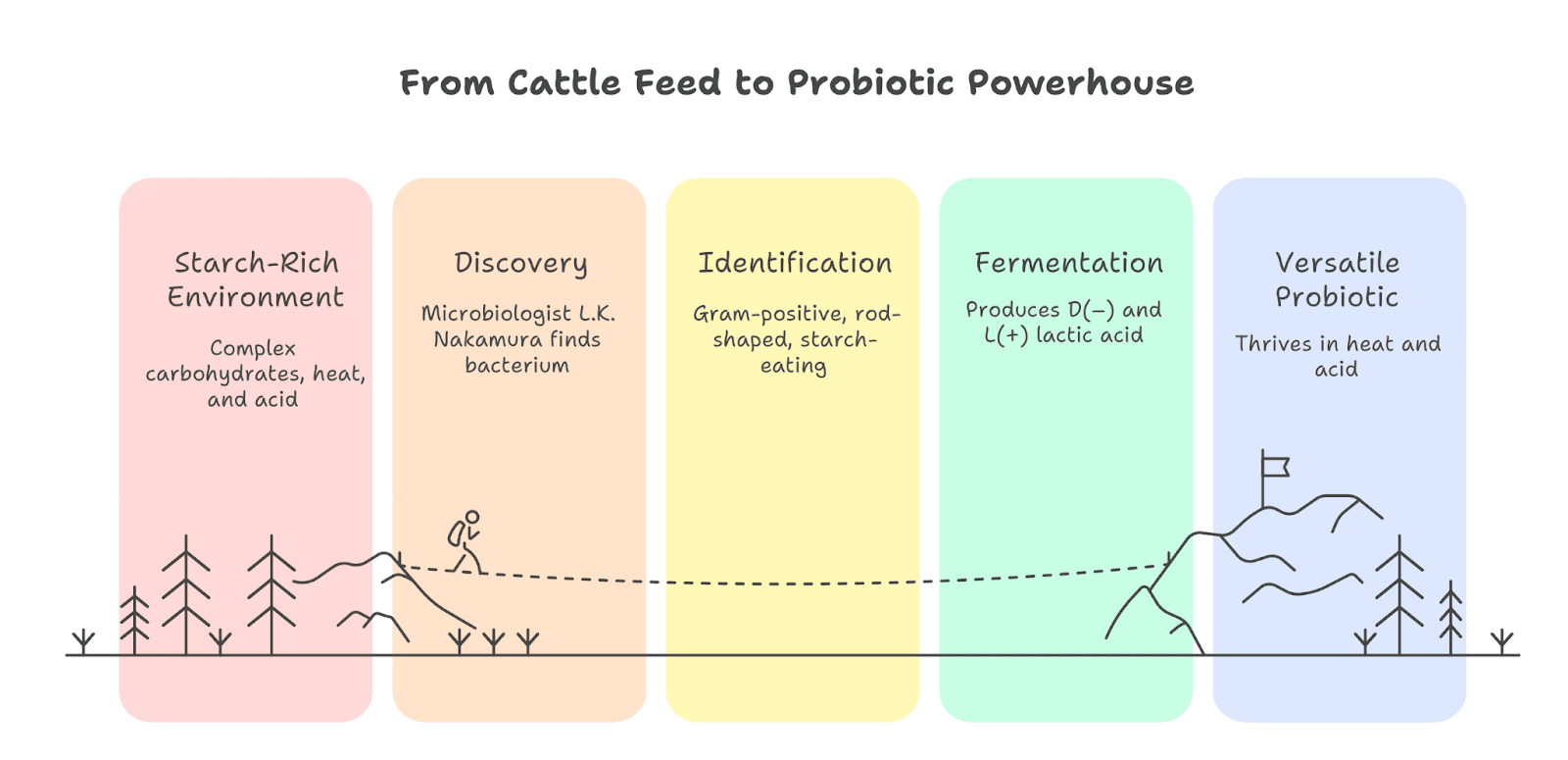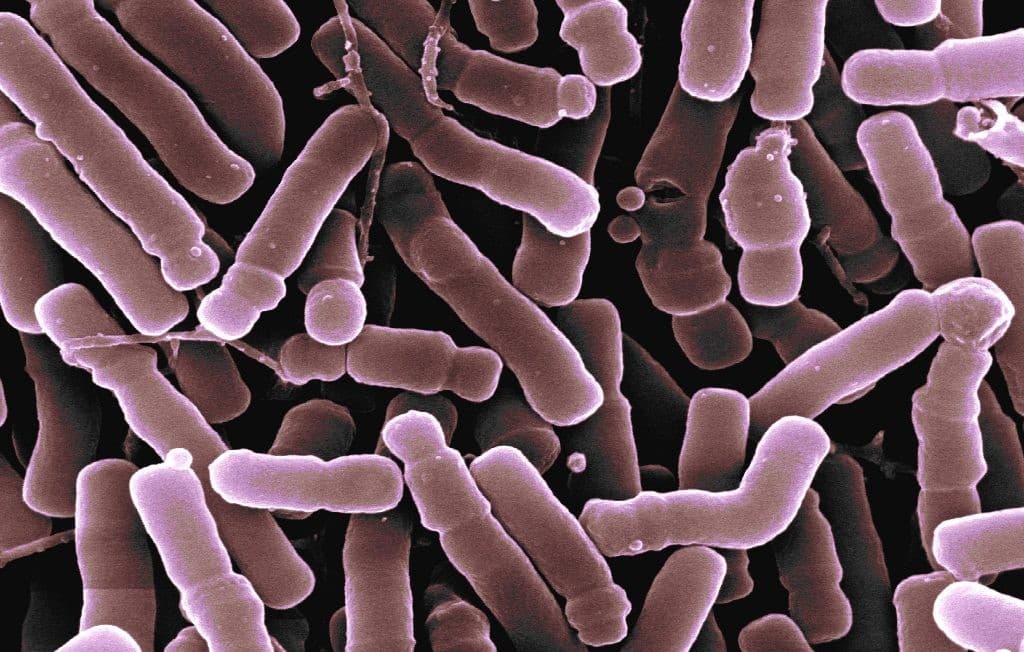Introduction
In recent years, there has been a growing buzz around fermented foods due to the rising awareness about probiotic foods, the gut microbiome, and gut health. However, many people are still confused about what exactly are fermented foods? Are all fermented foods probiotic? And are they really healthy?
This article will help you understand what fermented foods and beverages are, their types, and the health benefits they offer.

What Are Fermented Foods and Beverages?
Fermented foods are defined as “foods made through desired microbial growth and enzymatic conversions of food components.” In simple terms, when the preparation of a food or beverage involves the activity of beneficial microbes like lactic acid bacteria or yeast, it is called fermentation.
Fermentation has been a part of traditional diets across the world. Examples include:
Kimchi from Korea
Kombucha from China
Miso (fermented soybean paste) from Japan
Idli, Dosa, Dahi (curd), and Dhokla from India
Bulgarian yogurt
The fermentation process gives foods and beverages their unique flavor, aroma, tanginess, and texture, which many people enjoy. With increasing interest in gut-friendly diets, fermented foods and beverages have gained global attention for their numerous health benefits, including the production of beneficial metabolites that support digestion and overall well-being
Fermented Foods & Beverages: What Makes Them Healthy?
Fermented foods are linked to a wide range of health benefits, including a reduced risk of:
Hypertension
Type 2 diabetes
Obesity
High cholesterol
Digestive disorders
They also promote overall well-being through several mechanisms:
Source of probiotics:
Many fermented products contain live beneficial microbes such as lactic acid bacteria and yeast that compete with harmful bacteria, enhance gut microbial balance, regulate immune responses, and reduce inflammation.
Natural prebiotics:
The ingredients in fermented foods often act as prebiotics, supporting the growth of beneficial gut microbes and supplying vitamins and bioactive compounds that boosts overall health.
Production of health-promoting metabolites:
During fermentation, microbes produce beneficial metabolites such as polyamines and peptides that support cardiovascular, immune, and metabolic health.
Formation of bioactive compounds:
Fermentation transforms certain food components into biologically active metabolites like flavonoids, which have antioxidant and anti-inflammatory effects further supporting digestion and overall well-being.
Improved digestion and nutrient absorption:
Fermented foods and beverages can reduce anti-nutrients like phytic acid and fermentable sugars like lactose, making foods easier to digest. This improves digestion, nutrient absorption, and helps prevent food sensitivities, making them truly gut-friendly foods.
Do All Fermented Foods and Beverages Contain Probiotics?
Not all fermented foods contain live probiotics at the time of consumption.
For instance, the batters used to make idli, dosa and dhokla are naturally fermented with lactic acid bacteria like Leuconostoc mesenteroides, but the steaming process kills these microbes.
However, these foods still contain postbiotics beneficial by-products of fermentation such as short-chain fatty acids (SCFAs). Postbiotics strengthens the gut lining, supports gut microbial balance and reduces inflammation.
Therefore, it’s important to include a variety of fermented foods, both those with live microbes and those rich in postbiotics, to maximize health benefits.
Types of Fermented Products
1. Fermented Products with Live Microbes
These fermented foods contain live and active microbial cultures at the time of consumption that support gut-friendly flora and overall health.
Examples: Curd (dahi), fermented rice (Pazhaiya Soru), vegetable pickles, sauerkraut, buttermilk, kanji, kombucha, kefir, tempeh, natto, certain cheeses, and hawaijar.
2. Fermented Products without Live Microbes
In these fermented foods, microbes initiate fermentation but are later inactivated (due to cooking or processing) or removed to improve shelf life.
Examples: Idli, dosa, dhokla, sourdough bread, and wines.
3. Fermented Products Enriched with Probiotics
Some commercially produced fermented foods and beverages are fortified with specific probiotic strains known to provide health benefits. These strains are often mentioned on product labels.
Examples: Yogurt and certain probiotic drinks.

Where Can You Find Fermented Foods?
With growing awareness of gut-friendly diets, fermented foods are now easily available in supermarkets and health stores. If you want to include fermented foods and beverages in your diet plan you can start your journey here.
Common options include fermented vegetables, yogurt, and cheese.
However, not all products that you assume are fermented foods are not truly fermented. Some are made through chemical processes instead of microbial fermentation.
For example:
Certain cheeses are made using acidification instead of live microbes, so they may not provide probiotic foods benefits.
Many pickles are vinegar-based, not fermented, and thus lack live microbes.
To ensure authenticity, always read product labels and look for terms like:
“Naturally fermented”
“Contains probiotics"
“Live cultures”
Conclusion
Homemade fermented foods are often the best choice, as commercial versions can be high in sugar or salt.
When preparing recipes like kombucha, kanji, or sauerkraut, always use clean utensils and proper fermentation methods to avoid spoilage.
Now that you know the different types of fermented foods and their benefits, you can easily create a gut-friendly meal plan that supports digestion, boosts health, and maintains a balanced flora for overall well-being.
-Khushi.C
References
- Salminen, S., Collado, M. C., Endo, A., Hill, C., Lebeer, S., Quigley, E. M. M., Sanders, M. E., Shamir, R., Swann, J. R., Szajewska, H., & Vinderola, G. (2021). The International Scientific Association of Probiotics and Prebiotics (ISAPP) consensus statement on the definition and scope of postbiotics. Nature reviews. Gastroenterology & hepatology, 18(9), 649–667.https://doi.org/10.1038/s41575-021-00440-6
- Satish Kumar, R., Kanmani, P., Yuvaraj, N., Paari, K. A., Pattukumar, V., & Arul, V. (2013). Traditional Indian fermented foods: a rich source of lactic acid bacteria. International journal of food sciences and nutrition, 64(4), 415–428. https://doi.org/10.3109/09637486.2012.746288
- Bagchi, T.. Traditional food & modern lifestyle: Impact of probiotics. Indian Journal of Medical Research 140(3):p 333-335, September 2014.
- Davoodbasha, M., Mani, A., Arunachalam, K., Jagadeesan, A., Kamli, M. R., Kim, J. W., & Thajuddin, N. (2025). Isolation and Characterization of Probiotic Bacteria from Traditional Foods. Applied biochemistry and biotechnology, 197(4), 2197–2215. https://doi.org/10.1007/s12010-024-05125-9
- Marco, M. L., Heeney, D., Binda, S., Cifelli, C. J., Cotter, P. D., Foligné, B., Gänzle, M., Kort, R., Pasin, G., Pihlanto, A., Smid, E. J., & Hutkins, R. (2017). Health benefits of fermented foods: microbiota and beyond. Current opinion in biotechnology, 44, 94–102. https://doi.org/10.1016/j.copbio.2016.11.010
- Dimidi, E., Cox, S. R., Rossi, M., & Whelan, K. (2019). Fermented Foods: Definitions and Characteristics, Impact on the Gut Microbiota and Effects on Gastrointestinal Health and Disease. Nutrients, 11(8), 1806. https://doi.org/10.3390/nu11081806
- Şanlier, N., Gökcen, B. B., & Sezgin, A. C. (2019). Health benefits of fermented foods. Critical reviews in food science and nutrition, 59(3), 506–527. https://doi.org/10.1080/10408398.2017.1383355


